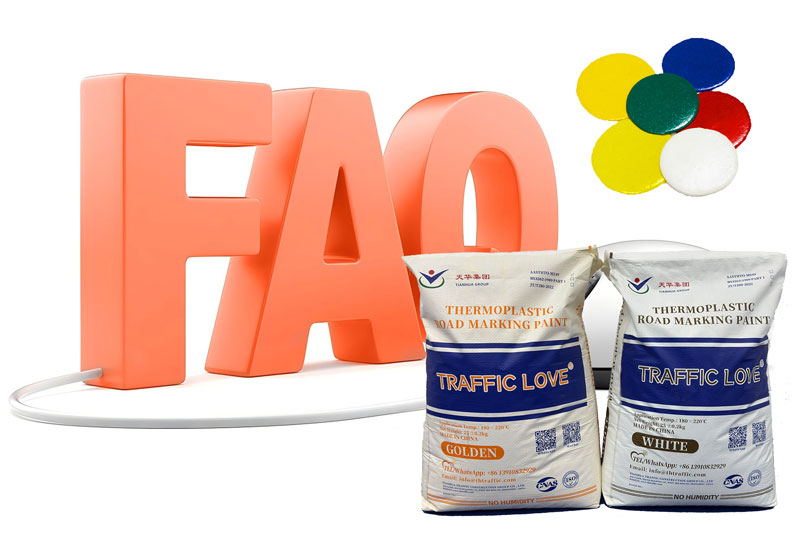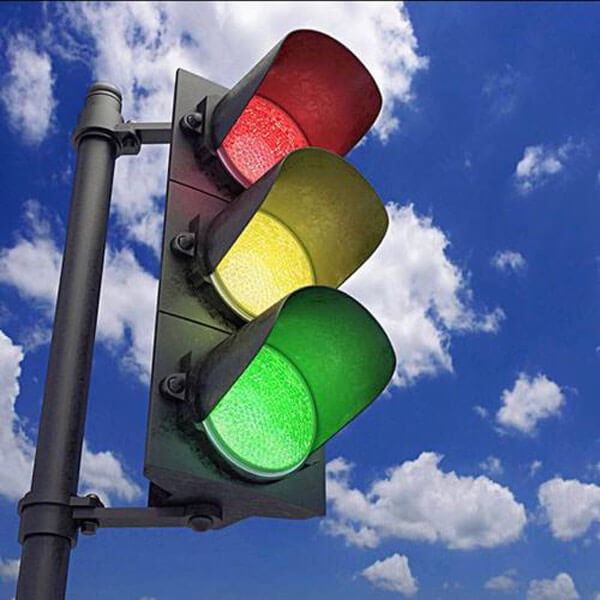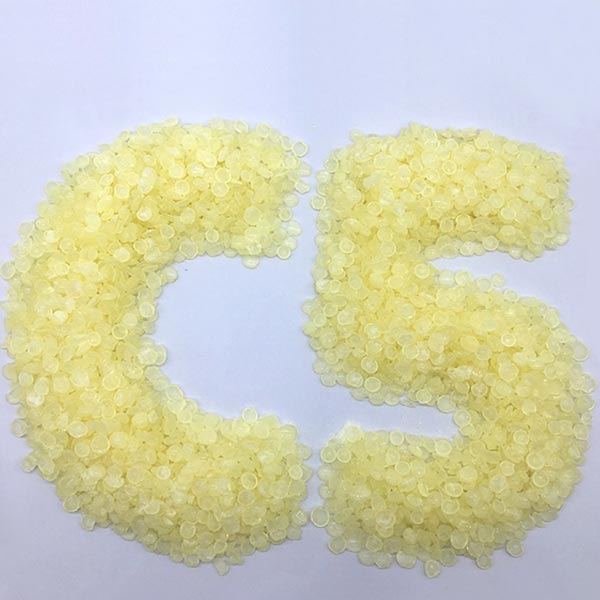FAQ for Thermoplastic Road Marking Paint
Explore our comprehensive FAQ section to get answers to all your questions regarding thermoplastic road marking paint. Whether you're looking for information on durability, application conditions, retroreflectivity, environmental compliance, or performance advantages, our FAQs provide clear and professional insights. Learn how thermoplastic road marking paint enhances road safety, offers cost-effective solutions for long-term use, and adheres to international standards. Perfect for professionals in road construction, maintenance, and traffic safety.
- What is thermoplastic road marking paint?
Thermoplastic road marking paint is a type of durable paint used for marking roads, highways, parking lots, and other paved surfaces. It is made from a combination of resins, pigments, fillers, and glass beads, which provide excellent visibility, durability, and weather resistance.
- Why should I choose thermoplastic road marking paint over other types?
Thermoplastic road marking paint offers superior durability, faster curing times, and high reflectivity. It is more resistant to traffic wear and harsh weather conditions compared to traditional road marking materials like water-based or solvent-based paints.
- How long does thermoplastic road marking paint last?
On average, thermoplastic road marking paint lasts between 3 to 5 years, depending on factors such as traffic volume, weather conditions, and maintenance. Its long-lasting nature reduces the frequency of repainting and maintenance costs.
- What are the advantages of using thermoplastic road marking paint?
The main advantages include high reflectivity for better nighttime visibility, resistance to weathering and traffic wear, fast curing times, and low maintenance costs. Additionally, it is eco-friendly and suitable for a wide range of applications, including highways, pedestrian crossings, and parking lots.
- Is thermoplastic road marking paint reflective?
Yes, thermoplastic road marking paint contains embedded glass beads that enhance its reflectivity. These glass beads help improve road visibility during night driving and in poor weather conditions, reducing accidents and increasing road safety.
- Can thermoplastic road marking paint be applied in cold weather?
Thermoplastic paint is generally applied in warmer weather conditions to ensure optimal performance. However, special formulations can be used for colder climates. Typically, the application temperature should be above 10°C (50°F) for proper bonding and curing.
- How does thermoplastic road marking paint improve road safety?
The high reflectivity of thermoplastic road marking paint enhances visibility, especially during night driving, rain, or fog. It also creates clear, durable road markings that guide drivers effectively, reducing the risk of accidents.
- What are the environmental benefits of thermoplastic road marking paint?
Thermoplastic paint is environmentally friendly due to its low VOC (volatile organic compound) emissions and longer lifespan. Additionally, it reduces the need for frequent repainting, lowering the environmental impact associated with road maintenance.
- Can thermoplastic road marking paint be customized?
Yes, many manufacturers offer customized thermoplastic road marking paint in various colors, thicknesses, and formulations to meet specific requirements. This customization ensures the paint is suitable for different road types and environmental conditions.
- How can I find reliable thermoplastic road marking paint manufacturers?
To find a reliable thermoplastic road marking paint manufacturer, consider several key factors. First, ensure that the manufacturer holds industry-recognized certifications such as ISO 9001 for quality management and ISO 14001 for environmental management, which indicate adherence to stringent production standards and environmental responsibility. It is also advisable to evaluate their track record in producing high-performance materials that meet regional and international safety and durability standards, such as EN 1436 or ASTM D713. Furthermore, reputable manufacturers often offer comprehensive technical support, have a robust supply chain, and maintain transparency regarding the sourcing and composition of raw materials used in production. Finally, review customer feedback and case studies to assess their capability to meet specific application needs and delivery timelines, ensuring the manufacturer’s reliability and commitment to long-term product performance.
- What are the key benefits of using thermoplastic road marking paint over cold paint alternatives?
Thermoplastic road marking paint offers several advantages over cold paint alternatives, including enhanced durability, faster drying times, and superior resistance to wear. Unlike cold paint, thermoplastic paint can be applied in thicker layers, providing longer-lasting visibility and better protection against harsh weather and high traffic volumes. The heat-activated nature of thermoplastic paint also ensures stronger adhesion, leading to fewer instances of cracking or peeling over time.
- Is your thermoplastic road marking paint environmentally friendly?
Yes, our thermoplastic road marking paint complies with environmental standards such as REACH and RoHS. It is free of hazardous substances such as lead and heavy metals, and the production process is designed to minimize environmental impact. Additionally, the paint is highly durable, reducing the need for frequent reapplication and helping to lower overall environmental costs associated with road maintenance.







